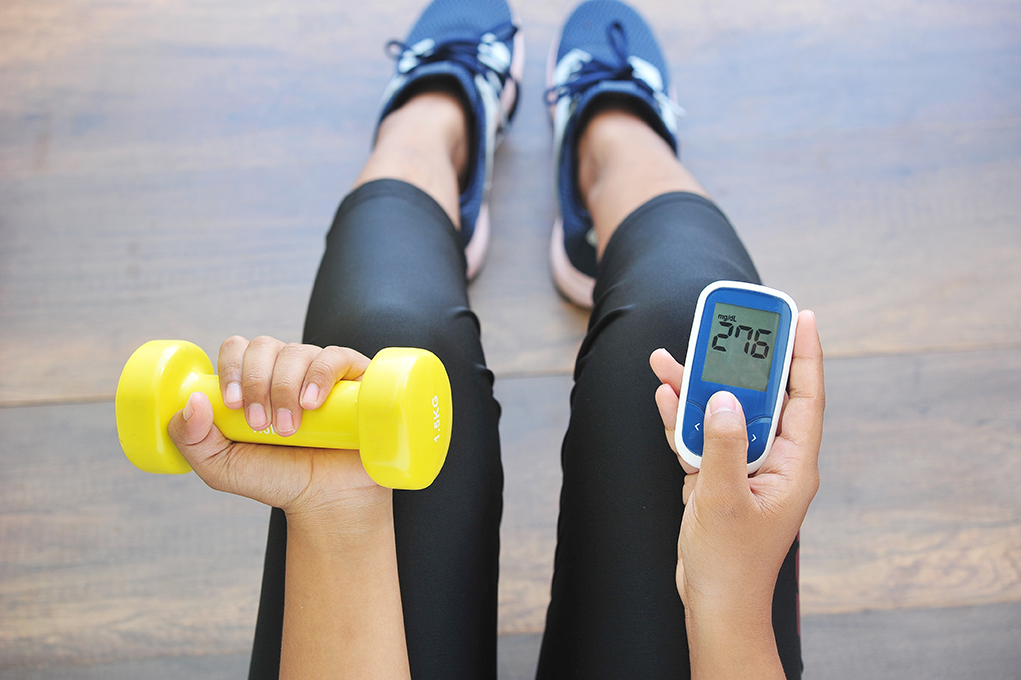
Exercise is a very effective way of lowering your blood sugar and consequently controlling your diabetes. When you exercise regularly and achieve long-term blood sugar control, you also lower your HbA1c level, which is a measure of your average level of blood sugar over the past 2 to 3 months.
Exercise lowers blood sugar in two ways. By increasing insulin sensitivity, exercise makes your muscle cells utilize any available insulin more efficiently. This makes your body burn up more glucose (sugar) during and after exercise. Also when your muscles contract during exercise, your cells are able to take up glucose and use it for energy whether insulin is available or not.
According to the American Diabetes Association, individuals with type 2 diabetes should aim for about 30 minutes of exercise at least five days a week. A combination of aerobic exercise and resistance/strength training is ideal. For an effective and safe exercise regimen, follow these expert tips:
Before exercising
During exercise
After exercising
Get your health, beauty and wellness product online! Shop now at Watsons. Click here to start shopping.
-Medical Observer
Overweight and obesity are defined as abnormal or excessive fat accumulation that presents a risk to health. A body mass […]
Around 27 million Filipino adults are overweight or obese, according to the latest National Nutrition Survey conducted by the Food […]
Advances in scientific and technological knowledge have provided unprecedented advantages in terms of immeasurable convenience in our daily living, lightning-fast […]